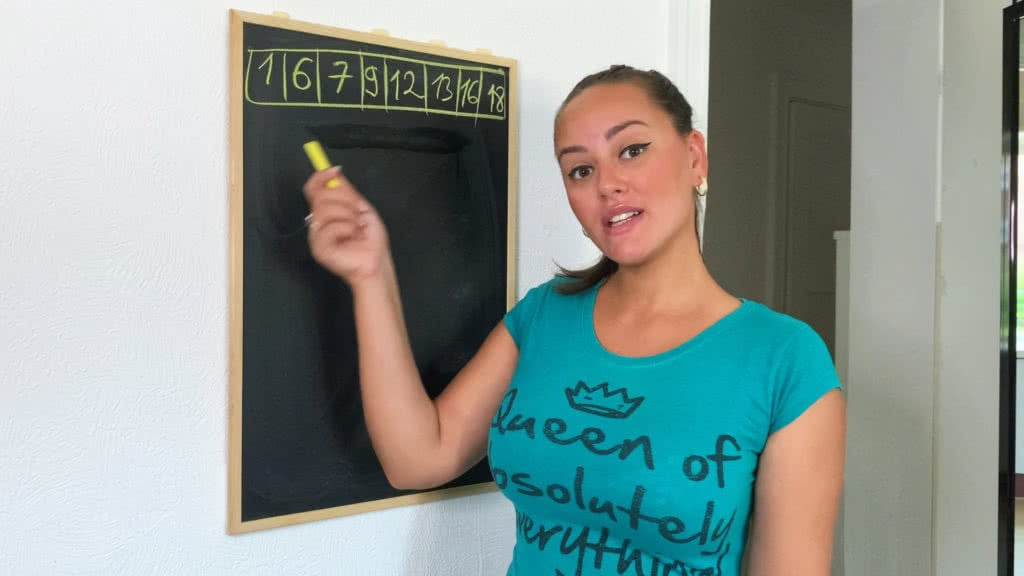Posts Tagged ‘quck sort youtube tutorial’
Does the ‘Quick Sort’ Algorithm Live Up to Its Name in Data Science?
Fastest Sorting Algorithm? Knock Knock it’s Quick Sort here… I think you may have heard about me in class, or even from your friends or work. Anyway, in case you haven’t, I want to introduce myself. A lot of people that work with me say that I am the fastest sorting algorithm, with a time…
Read More